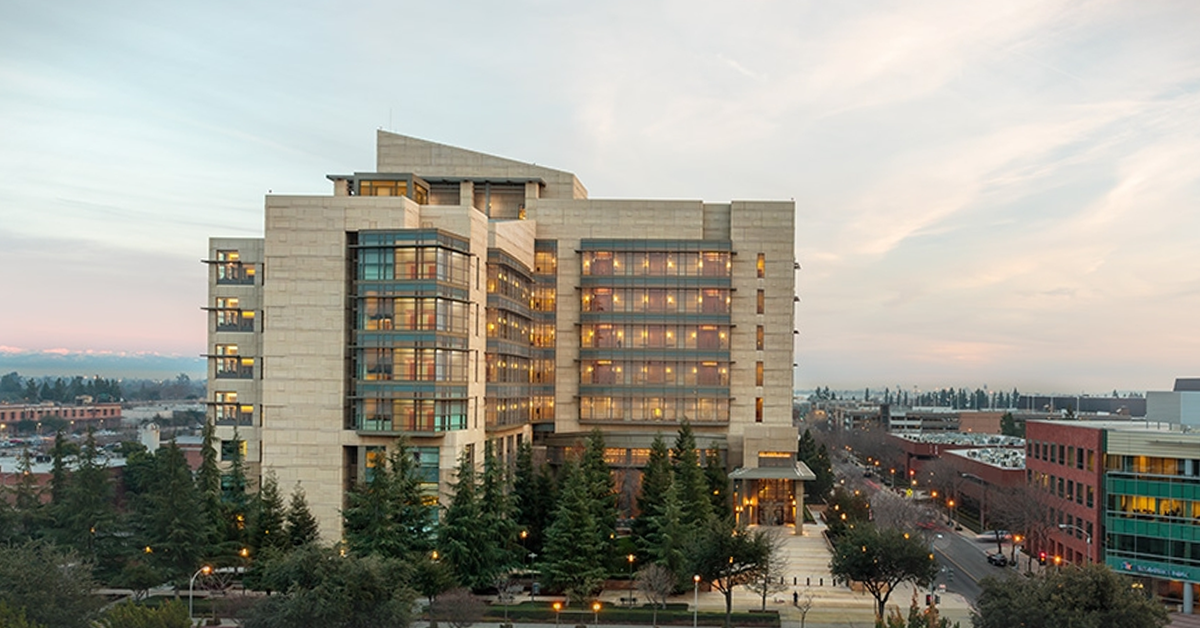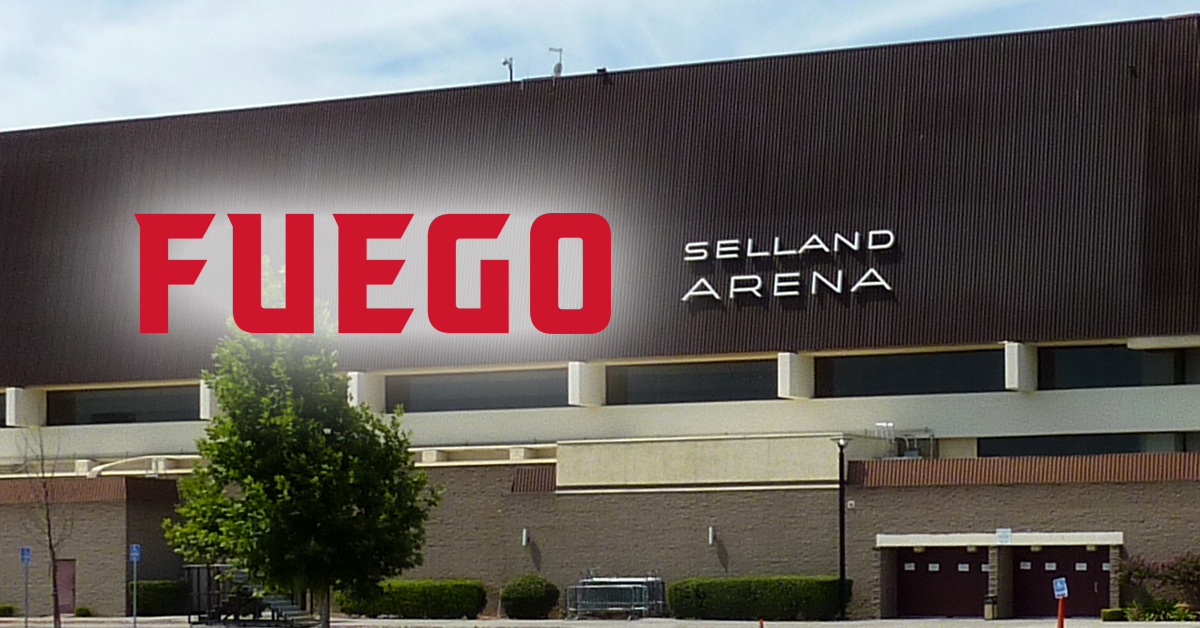The “Train to Nowhere” continues to generate controversy here in Fresno.
We begin with Wednesday’s meeting of the Redevelopment Agency Oversight Board. The board on a 6-0 vote approved the sale of a Downtown parking lot to the city.
On the surface, this appears to be a ho-hum turn of the bureaucratic wheel. After all, local media reported at length on this issue last month.
To refresh, we’re talking about the so-called Merchants Lot. It’s 2.8 acres on H Street south of the Crest Theatre. The old Redevelopment Agency, now called the Successor Agency, owns it. In essence, City Hall owns it.
The city through the old RDA owns a bunch of funky-sized properties in and around Downtown. The city has to sell them all for reasons dating back to the state’s efforts to survive the Great Recession.
The Merchants Lot is also right across the street from the proposed site for the bullet train’s very first passenger station.
The city on Nov. 16 held an auction for the Merchants Lot. Minimum bid: $1.8 million. Highest bidder with real cash got the land.
There was one caveat. City Hall could come in after the final slam of the auctioneer’s gavel and buy the land for $1,000 above the high bid.
And that’s what happened. A group headed by local developer Terance Frazier and the High-Speed Rail Authority were the only bidders. Frazier won with a bid of $2.402 million. The city (via the administration of Mayor Ashley Swearengin) trumped Frazier by offering to pay $2.403 million.
The city exercised its “right of first refusal.” The City Council on Nov. 17 gave its blessing to the deal.
City Hall lusted to buy a parking lot it already owned so it could turn around and sell the lot to the High-Speed Rail Authority. The Authority wanted the lot because it wants to strike a public-private deal with a local developer to turn the 2.8 acres located cheek-by-jowl to the first bullet train station in all of America into a showcase commercial-retail-residential project.
There was no shortage of oddities in these events. The most perplexing is what the Authority and Frazier were doing in the auction in the first place. Just about the entire world knew the Authority wanted the lot. Just about the entire world knew City Hall had the “right of first refusal” and wanted the Authority to have the lot. And just about the entire world knew that Frazier, who has big-ticket projects throughout Downtown highly dependent on the good graces of state agencies controlling big sacks of free money, is a huge supporter of high-speed rail.
Yet, there were the Authority and Frazier on Nov. 16 bidding against each other like the world depended on victory. Why the Authority, seeing that only Frazier had shown up at the auction, didn’t simply drop out at the beginning is beyond me. The result would have been Frazier winning with the minimum $1.8 million bid, the city stepping in to buy the lot for $1.801 million, and the Authority getting the property it wanted all along while saving $602,000 of the taxpayers’ money.
(After Wednesday’s Oversight Board meeting I asked Diana Gomez, Central Valley Regional Director for the High-Speed Rail Authority, why the Authority got caught up in the auction and essentially wasted $602,000 of the Authority’s cash. She said no one had ever told her that the city had a “right of first refusal” on Merchants Lot. I took her answer to mean that everyone in the entire Authority structure was equally ignorant of a fact of major importance to the Authority’s mission. I’d be happy to teach bullet-train officials how to call City Hall.)
Oversight Board Member Doug Vagim provided the only sizzle to Wednesday’s meeting. He grilled officials on when the Authority plans pay the purchase price in full. It appears the money will be in the city’s hands by mid-January.
This detail is of no small consequence. The money will be distributed to local taxing entities such as the city, Fresno County and certain special districts.
Vagim also showed considerable courage by digging into the status of the Authority’s down payment. The applicable rules are a bit vague, especially in light of the city exercising its right of first refusal, but it emerged during Wednesday’s meeting that the Authority as ultimate buyer of Merchants Lot is supposed to immediately pay $90,000 to the city. That figure represents 5% of the auction’s minimum bid of $1.8 million.
Gomez told Vagim that the $90,000 check would be in City Hall’s hands by late Wednesday afternoon. Vagim looked at me sitting in the audience (I was the only non-Oversight Board/non-government person in the room) and suggested I call to make sure the Authority kept its word.
A handful of people loudly groaned. They don’t like Vagim.
But Vagim had raised a legitimate point. I called city Communications Director Mark Standriff twice in the late afternoon. If the Authority paid the $90,000 as promised, no one told Standriff.
The Oversight Board meeting lasted less than an hour. But something happened both at the end of the meeting and while I was sitting in the City Council/Mayor’s Office lobby that gives a bit of context to the complex politics of the bullet train coming to Downtown Fresno.
Marlene Murphey, the Successor Agency’s executive director, said in the meeting that the auction for Merchants Lot was necessary to determine the property’s market value. That’s stating the obvious, so I didn’t give the comment much thought.
Fifteen minutes later while I was sitting in the lobby, Larry Westerlund, the city’s economic development director, reminded me of Murphey’s comment.
I’ll admit to my intellectual limitations. Still, it seems odd that I’d get two economics lessons from high-powered public officials in such a short time.
Then I thought of Lot No. 2. That small piece of asphalt figures to cause a fight that makes Merchants Lot look like a church social.
Lot No. 2 is another Downtown parking lot owned by the Successor Agency/City Hall. It, too, must be sold and the proceeds distributed to appropriate taxing entities.
Lot No. 2 is located at the north end of Fulton Corridor. Picture in your mind the IRS building next to the Tuolumne Street Bridge (now under construction). Then there’s the old, empty Hotel Fresno (both of these buildings are on H Street). A bit to the east, on the other side of Congo Alley, is the Fresno Housing Authority headquarters.
There’s a mix of parking lots in the spaces between these buildings. Somewhere in that mix is Lot No. 2.
Just to the north of Lot No. 2 is The 1401 Grand, what I call the old PG&E building. The 1401 Grand is owned by Cliff Tutelian, one of Fresno’s most powerful developers. He has a deal with City Hall to let tenants in The 1401 Grand park in Lot No. 2. These tenants include locally-based bullet train officials.
Slowly but surely, the sale of Lot No. 2 is coming to a head. In a nutshell, the budding controversy is whether Lot No. 2 goes to a no-holds-barred auction or Tutelian is allowed to buy it at the market-rate price. I gather that both options are supported by good arguments.
The Swearengin Administration has led me to believe it wants an auction. I’m guessing the Murphey and Westerlund comments on Wednesday were reminders that what’s good for Merchants Lot is good for Lot No. 2.
And why would Lot No. 2 be so important to the Mayor? Downtown revitalization, in particular the rebirth of Fulton Corridor.
Fulton Mall is disappearing. Cars will soon return to the six blocks of Fulton Street between Tuolumne and Inyo Street. All of this geography is within the half-mile radius of the bullet train station that is so important to City Hall and Gov. Jerry Brown.
Swearengin and her successor, Mayor-Elect Lee Brand, very much want the north end of Fulton Corridor rebuilt with something impressive. Most likely the thought is to build something like what Frazier and partner Mehmet Noyan are proposing for the south end of Fulton Corridor – a mixed-use skyscraper with retail, offices and apartments/penthouses.
That thought is derailed if Tutelian buys Lot No. 2 and keeps it as asphalt.
I’m not picking sides in this fight. I just know that Tutelian is a slugger who isn’t used to losing. And I know City Hall/Sacramento are just as tough – and they have access to lots of taxpayer money.
Of course, what we’re talking about here is the rough-and-tumble struggle to build one of the biggest public infrastructure projects in American history – the bullet train. The area within a half-mile or one-mile radius of the proposed station site is one of the main battlefields. National reporters will be coming to our fair city for years to come to write about events on that landscape.
And another aspect of this fight, one that could be connected to the fates of Merchants Lot and Lot No. 2, will take the spotlight at Thursday’s City Council meeting.
I’ll be brief. The item before the council is identified on the agenda simply as “Approve Transformative Climate Communities Project Labor Agreement.”
The City Clerk’s website contains no staff report. There is a copy of the 59-page agreement.
Permit me to quote a portion of the agreement: “WHEREAS, The City, which has partnered with community and labor organizations, was selected by the Strategic Growth Council to receive $70 million from the TCC Program to complete certain public works projects supporting the development of the high-speed rail station area, which will help reduce carbon emissions while providing the City’s disadvantaged communities with employment and job trainings opportunities, and….”
It official – Fresno got the $70 million of cap-and-trade funds it has long sought. Proposed construction projects throughout the area around the new train station will soon have their seed money. That means lots of contracts for businesses in the construction industry – general contractors and subcontractors. That means lots of jobs for employees of the successful bidders. These jobs, as mandated by law, will pay “prevailing wages” – i.e. high wages. Wages high enough to support or start a family. Wages to add stability to struggling neighborhoods.
Based on my preliminary phone conversations to sources on Wednesday, a “project labor agreement” (PLA) has a long and controversial history in relations between Fresno City Hall and Sacramento. It’s sufficient here to predict that this particular PLA will produce a showdown at Thursday’s council meeting.
Is the PLA the key to restoring Downtown and putting the disenfranchised to work? Or is it a union-led strong-arm tactic backed by a one-party state government that will effectively keep local contractors (largely non-union) from bidding on that $70 million of work?
There’s a lot more to both sides of the argument. But you get the idea.
My tip: Keep an eye on the District 6 council member. That’s Mayor-Elect Brand.











Great article.
Enjoy reading George’s articles, as he always provides insightful analysis of local issues